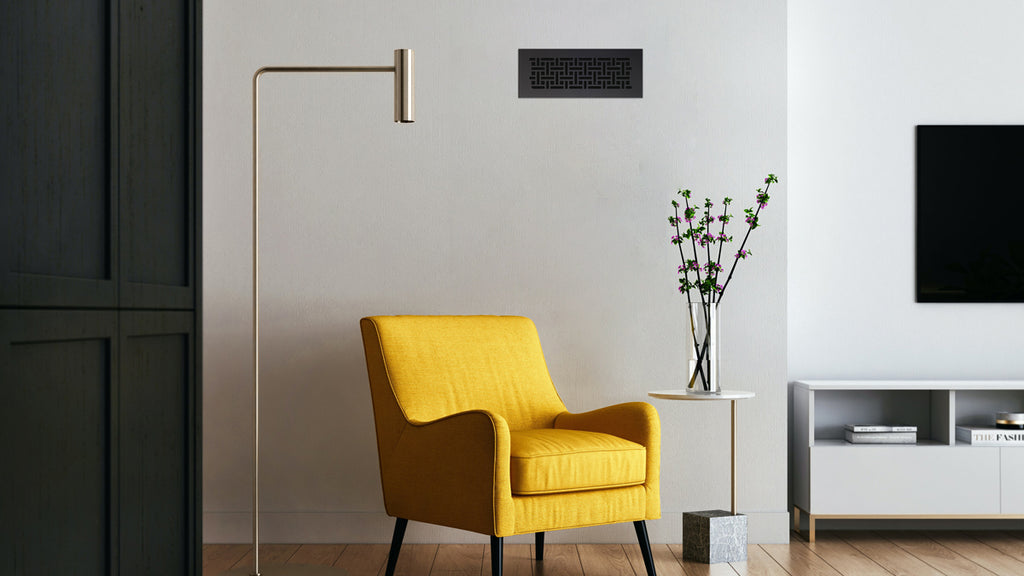Quick Guide: How to Improve Indoor Air Quality
The world is filled with things that can impact air quality: traffic, industry, and chemicals to name a few. Unfortunately, many pollutants make their way into your home and affect your indoor air quality.
You spend a lot of time indoors at home. Potential pollutants are constantly around you from your gas stove to household cleaning products. Ready to give your indoor air quality an overhaul? Not sure where to start? Here are three things that will help you start learning how to improve indoor air quality.
Get Rid of Pollutants
There are more sources of indoor air pollutants than you can count. You are probably overlooking them but they can have a huge impact on your health, sleep, and daily comfort.
Many pollutants are the result of damaged items in your home. Exposed asbestos in insulation, a broken furnace, or dirty fireplace can cause life-altering effects to the health. To avoid this type of air pollutant, have your home inspected regularly to ensure everything is working properly.
Other pollutants you bring into your home (probably unknowingly) where prolonged use can make an impact on your indoor air quality. New carpet, vinyl, and textiles can off-gas chemicals called volatile organic compounds (VOCs) that cause a variety of health problems. Pesticides (both indoors and out) wreak havoc on more than just the bugs. Even your cleaning supplies and air fresheners can contain potentially harmful substances that influence air quality.
Decrease your exposure to pollutants by using more natural alternatives to pesticides and disinfectants. Buy used furniture or allow new flooring to air out before installing. Vacate your home during a remodel or spend a few days away after new paint or carpet goes in. Use fans to circulate air and get rid of fumes.

Give Ventilation a Boost
It might be very difficult to avoid all pollutants in your home, and that’s where ventilation comes in. Even though pollutants are common in most homes, they are diluted and flushed out by proper ventilation or air circulation.
Ventilation requires that fresh air come into your home and polluted air goes out. That gets a bit tricky in the summer or winter when you are trying to keep air from either getting in or going out. Kitchen and bathroom vents can be set up to blow air directly out of the house, which increases ventilation. Open windows in good weather is a good idea too.
If you are engaging in activities that compromise air quality, like painting, sanding, etc. be sure to open up doors and windows for increased ventilation. Smoking indoors is another major contributor to poor indoor air quality. Ask smokers to go outside and use fans to keep smoke from entering the home. Keep up with fireplace maintenance to ensure smoke and fumes from the fire go up and out the chimney instead of lingering indoors.
It also helps to give your HVAC ducts, vents, and registers a regular cleaning to ensure there’s nothing in your system that might cause an air quality issue. If you’re installing a new system, opt for components that will not produce VOCs. Reggio Register’s vent covers in iron, steel, or aluminum pose no risk to your indoor air quality. In fact, that kind of update might even help with ventilation.
Clean Up Your Air
Another option to improve your air quality is to filter your indoor air. There are a number of ways to do this, each with varying levels of success. There are small units you can set on an end table or dresser, whole house systems, and everything in between.
Every home heating and cooling system has some measure of filtration on intake vents. Be sure to replace these often to cut back on particulates. Units made to clean the air use filters also. Follow manufacturer recommendations on how often to replace these filters. Use good quality filters with a high efficiency rate percentage.
Another factor to consider is the rate at which an air cleaner draws air through it. This is usually expressed in cubic feet per minute. The key to a successful air filtration device is balance. A unit with low efficiency and high rate of circulation won’t do the trick. Neither will a unit with high efficiency and low circulation. Likewise, a small unit in a large room will do very little to impact overall air quality.
Better indoor air quality is at your fingertips. How to improve indoor air quality starts with some knowledge. Give a little attention to what you bring into your house and how you maintain your house so you and your family are healthier and happier.
Want to learn more about maintaining your indoor climate? Read on our blog.